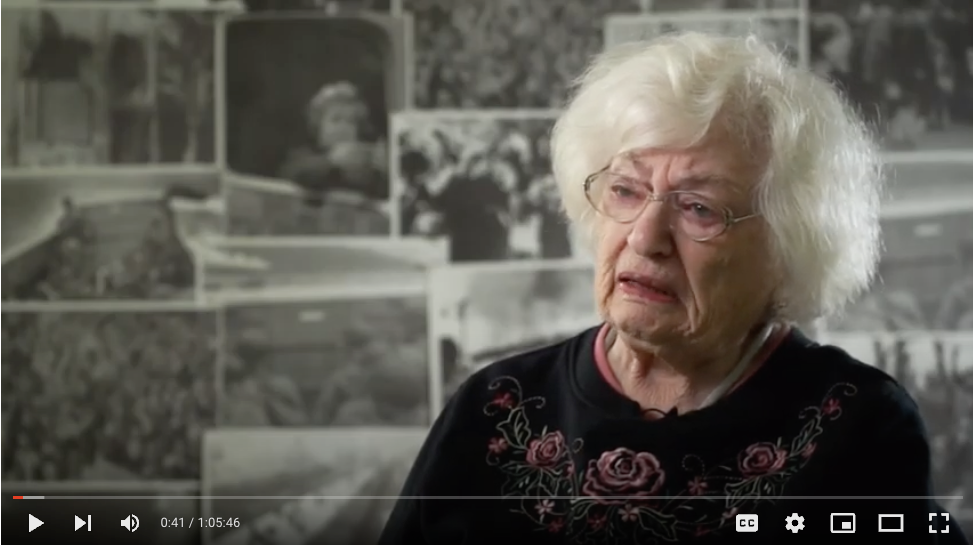It’s the day after Giving Tuesday, let’s start working on next year’s campaign now. We’ll start at the end: What will define a successful campaign for your organization?
Let’s define our goals, but let’s make them S.M.A.R.T.
S – Specific
 The more focused you are, the more successful you will be. This is true in terms of your goals of reaching a specific target audience or your goals for the target of your campaign. The goal does not have to be only fiscal (but if it is make it a specific amount).
The more focused you are, the more successful you will be. This is true in terms of your goals of reaching a specific target audience or your goals for the target of your campaign. The goal does not have to be only fiscal (but if it is make it a specific amount).
For instance the goal could be to raise $10,000.
More specific, the goal could be to raise $10,000 for school equipment.
Even more specific, the goal could be to raise $10,000 for purchasing equipment for the media lab.
Furthermore, you could express the goal as being to raise $10,000 for HD video cameras for the school’s media lab
We’re not done yet. Keep going. Ask the question – Can you be more specific? This also forces you to really define the goal for your organization.
Let’s get really specific with measurable metrics:
Our goal is to raise $9,400 for two HD video cameras for the school’s media lab so that we can interview Holocaust survivors for a documentary our 8th grade class is creating.
Go all the way – Our goal is to raise $9,400 for two Canon XF605 UHD 4K HDR Pro Camcorders for the school’s media lab so that our 8th grade students can interview Holocaust survivors for a documentary as part of the Names Not Numbers Project.
So far over 550 classes from the US, Canada and Israel have participated (That’s over 7,000 students!). Their films, in which over 4,000 Survivors + WWII veterans have been interviewed, have reached over 150,000 people.
You see what we did?
Our goal went from raising $10,000 to helping to bring the story of our community’s survivors to the next generation – not money, not a product, but people to people telling stories from generation to generation about the Holocaust. Now that is a compelling ask!
We all know that giving (or purchasing) is an emotional decision – which of these goals is more compelling? Being so specific increases the likelihood that you will reach your goal. Someone might just buy the cameras for you.
By the way, the image at the top of the page is my mom, Edith Kalech, while being interviewed for the Names and Numbers project at the Kellman Brown Academy in Southern New Jersey. Now don’t you want to give?
M – Measurable
Now that we have been so specific, measuring the data is easy, but first ask questions which data will help you answer. Measurable data is not just for your donors and board members. It is for you to learn and optimize your campaigns from year to year as well as to learn about what works for whom.
So what, besides how close you are to reaching your goal would be good metrics for you to measure?
We have so much data these days that it can be overwhelming, but what data helps you achieve success?
Ask questions first:
For instance, who gave?
Segment your audience into different lists by categories so that in the future you can target them more effectively. Ask for demographic data beyond the norm, What would help you in the future? For instance in our sample campaign you may ask who they are in relationship to the Holocaust with the idea that you will approach these donors for funding for future Holocaust educational initiatives –
Which one are you?
-
A Survivor
-
Second Generation
-
At least one of your grandparents were a survivor
-
Other
This can help you in future campaigns being more “specific” with more specific segments of your target audience when campaigning to support Holocaust education.
Imagine an email that starts
Dear Sarah, As the granddaughter of a Holocaust survivor ….
Other metrics may be more technical; Where is it worth investing our assets next year to promote the campaign? How many people gave through Google Grants sponsored ads, Facebook’s Causes or direct mail? Where else did our constituency come from?
What questions do you have that would help you run a successful campaign? What is your wishlist? What do you want to know? In this age, all you have to do is measure the data that will answer your questions to get the answers.
A – Achievable
Achievable means that you are capable of reaching the goal. You have the capacity, knowledge and resources to do so.
R – Realistic
On the other hand, as opposed to achievable, realistic means that that this is actually something you (or your organization) wants to achieve and will do, not just that you are capable in terms of resources.
T – Time-Related
You need to have a finite campaign. This, among other things, creates a sense of urgency for the donors and contributes to all the other attributes of a S.M.A.R.T. campaign.
You may want to consider if Giving Tuesday will be the kickoff of a campaign, the deadline for the campaign or will the campaign be limited to one day?
There is a lot NPOs can learn from the business world. Whether you are working on S.M.A.R.T. business or nonprofit campaigns, the concepts are the same. Working S.M.A.R.T. will lead to a higher rate of success both if you are working towards donations or engagement.





